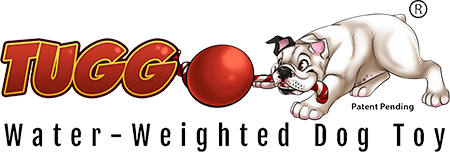 There is nothing worse than the helpless feeling of seeing your dog struggle with an unexplained rash, itchy skin, or upset stomach. Many times, these symptoms can be the result of a food allergy or food intolerance that can be remedied with the right hypoallergenic food. With 10% of allergy cases in dogs related to their food intake, identifying which ingredients your dog is allergic to can make all the difference in their everyday comfort.
There is nothing worse than the helpless feeling of seeing your dog struggle with an unexplained rash, itchy skin, or upset stomach. Many times, these symptoms can be the result of a food allergy or food intolerance that can be remedied with the right hypoallergenic food. With 10% of allergy cases in dogs related to their food intake, identifying which ingredients your dog is allergic to can make all the difference in their everyday comfort.
The most common food allergies for canines are caused by ingredients such as:
- Beef
- Dairy
- Wheat
- Egg
- Chicken
- Lamb
- Soy
- Pork
- Rabbit
- Fish
Dogs with a genetic disposition towards developing allergies are triggered by exposure to the allergen. They will often times also be allergic to more than one specific thing.
So what is the difference between a food allergy and a food intolerance, and how can I tell which one your dog is suffering from? A food allergy occurs when the dog’s body incorrectly identifies a source in their food as harmful. Symptoms of an allergic reaction can vary from skin rashes, hives, itching skin, obsessive licking, gnawing on the paw, and sometimes vomiting. A food intolerance occurs when a dog’s digestive system is unable to properly digest a specific ingredient. These intolerances are normally associated with digestive issues such as gas, bloating, diarrhea, and vomiting.
The good news is that both food intolerances and allergies can be treated through a diet that is free of the irritant.
If you believe that your dog may be suffering from a food intolerance or allergy, take them to your veterinarian for a proper diagnosis. As food is not the only thing your dog may be allergic to, it is important to rule out other possibilities as well.
Once it has been determined that your dog does indeed suffer from a food allergy or intolerance, your pet will typically undergo a food trial that will consist of eating types of foods that they have never had before, such as duck, buffalo, venison, oats, and rice. After a period of staying on this strict diet and symptoms have subsided, your dog’s diet will be switched back to its original food. If the previous symptoms re-occur after the switch, a food allergy is confirmed and you will begin to have an idea of ingredients that may causing issues. Unfortunately, the best treatment for allergies and intolerances is to eliminate the trouble ingredient completely from your animal’s diet. This will take a process of trial and error, but your pet will certainly thank you for finding the source of their discomfort!
Click here to view top rated hypoallergenic dog food.

